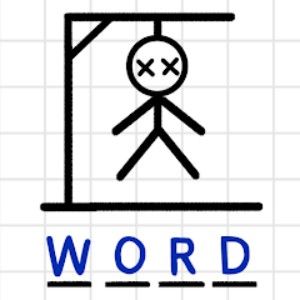Get is From Google Play
Link Provided By Google Play
Advertisement

13.63 MB
Dec 14, 2023
3.1.8
Amanita Design
317.2 MB
Oct 5, 2023
3.0.9
Amanita Design
As a seasoned gamer, I've encountered my fair share of incredible worlds, but few have left as lasting an impression as Machinarium. At first glance, this charming indie title may seem like just another puzzle game, but beneath its surface lies an intricately woven experience that seamlessly blends clever problem-solving with a rich, atmospheric world. In Machinarium, you take on the role of Josef, a small robot with a mission: to save his city from an evil force, navigate a maze of mechanical mayhem, and—at times—simply understand what it means to be alive. It’s a game that makes you think, feel, and—quite possibly—rethink the way we approach interactive storytelling in video games.
Machinarium isn't your typical point-and-click game. While there are a lot of familiar puzzle elements, the game stands out due to its unique approach to environmental storytelling, the cleverness of its puzzles, and its simple yet deeply engaging mechanics. Each scene is like a little puzzle box waiting to be cracked open, with every action and interaction adding layers to the world-building. What makes the puzzles so compelling is their level of integration with the world around you. They aren't just arbitrary tasks or obstacles—they’re natural extensions of the environment you're exploring.
The puzzles in Machinarium range from mechanical challenges—like connecting wires or operating complex machines—to more abstract solutions that require lateral thinking. And, as you progress through the game, the difficulty rises at a comfortable pace, ensuring that the sense of accomplishment is always just around the corner. What really sets Machinarium apart is its reliance on visual storytelling—there’s very little text, and not a single line of spoken dialogue throughout the entire game. Everything you need to know about the world and the story is communicated through the environment, character expressions, and interactions. Every puzzle solved feels like it contributes to uncovering more of the narrative, and each success reinforces the immersive quality of the experience.
The story of Machinarium is set in a dystopian future where robots have built a sprawling, industrial city. The protagonist, Josef, is a small robot who has been discarded and left to rust in a junkyard. Soon, he finds himself on a mission to save his home city, battling an evil mechanical force that threatens to take control of everything. The city is a wonder of imaginative design—steampunk elements fused with intricate machinery create a world that feels alive and breathing, despite being inhabited by nothing but machines.
What makes Machinarium’s story so compelling is its emotional depth. Josef is not just a robot trying to solve puzzles; he’s a character with feelings, determination, and heart. His journey is both a personal one and a larger commentary on life, purpose, and the value of connection. Through his silent struggle, players connect to themes that transcend the boundaries of a typical puzzle game—grappling with questions of identity, autonomy, and the will to survive.
When Machinarium was first released, it was a breath of fresh air in the gaming landscape. Indie games, particularly those of the puzzle-adventure genre, were still gaining recognition, but Machinarium quickly stood out for its originality, creativity, and emotional storytelling. The lack of dialogue, for example, was a bold move that many games might shy away from, yet it paid off in spades. Players found themselves pulled into the world, not through words but through visual cues and expressive animation.
The game's art style played a huge part in its success. Amanita Design, the studio behind the game, opted for a hand-drawn, steampunk-inspired aesthetic that blends Victorian-era design with futuristic technology. The result is a world that is both familiar and otherworldly. Every scene is filled with detail—each robot, gear, and machine intricately designed with a level of care that is rare in many other games. It’s a world you want to explore, simply to appreciate the art that goes into every corner of the environment.
The sense of wonder that Machinarium invokes is further amplified by its captivating soundtrack, which complements the game's atmosphere perfectly. The music, composed by Tomas Dvorak, provides an emotional depth that enhances the world’s beauty, adding another layer of immersion.
What truly sets Machinarium apart, however, is its visual style. The game's hand-drawn animations are nothing short of stunning. The characters, particularly the protagonist Josef, are brought to life in a way that makes them feel human—despite being robots. Each scene is meticulously crafted, with a level of detail that draws players into its world. Every location feels like a work of art, from the dirty junkyard where you begin your journey, to the soaring mechanical heights of the city that you explore.
Machinarium is not just a game; it’s an experience. It’s a game that makes you think deeply, feel deeply, and appreciate the finer details in both gameplay and art. With its inventive puzzles, compelling narrative, and stunning visuals, it remains one of the most memorable titles in the world of indie gaming.
Advertisement

















